BLOG
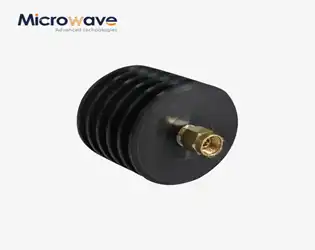
What is a guide to buy a coaxial fixed attenuator for RF applications?
October 13, 2025
When your RF system performance falls short of expectations due to signal level mismatches, component overload, or measurement inaccuracies, the right Coaxial Fixed Attenuator can transform your entire system operation. Navigating the complex world of RF components can be overwhelming, especially when precision and reliability are paramount for your application success. This comprehensive guide will walk you through every critical consideration for selecting the ideal Coaxial Fixed Attenuator, from understanding technical specifications to evaluating manufacturer capabilities, ensuring you make an informed decision that delivers optimal system performance and long-term reliability.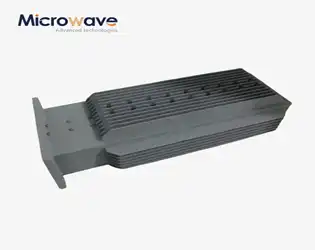
Why Choose a Double Ridge Waveguide Load for 5G and Satellite Communications?
October 13, 2025
In today's rapidly evolving telecommunications landscape, engineers face unprecedented challenges with signal integrity, power management, and system reliability across 5G networks and satellite communications. System failures, signal reflections, and power inefficiencies can cost millions in downtime and compromise critical communications infrastructure. The Double Ridge Waveguide Load emerges as the definitive solution, offering superior power absorption, minimal reflections, and exceptional reliability across the demanding frequency ranges required for next-generation wireless and satellite systems. This advanced microwave component addresses the critical pain points that have plagued traditional waveguide technologies, delivering the performance specifications essential for modern high-frequency applications.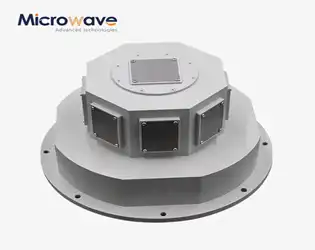
Optimizing ADAS and Automotive Radar with Compact Slotted Waveguide Array Antennas
October 11, 2025
The automotive industry faces unprecedented challenges in developing reliable Advanced Driver Assistance Systems (ADAS) that can operate flawlessly in complex urban environments, adverse weather conditions, and high-speed scenarios. Traditional antenna solutions often struggle with signal degradation, electromagnetic interference, and size constraints that directly impact radar system performance. Compact Slotted Waveguide Array Antennas emerge as the breakthrough technology addressing these critical pain points, offering superior signal transmission, enhanced directional accuracy, and space-efficient integration for next-generation automotive radar systems.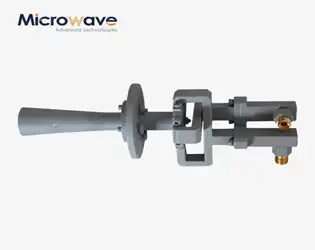
Top 6 Features That Define High-Performance Conical Linear Polarization Horn Antennas
October 11, 2025
In today's demanding microwave communication landscape, engineers face critical challenges when selecting antennas that must deliver consistent performance across extreme environments while maintaining signal integrity over vast distances. The Top 6 Features That Define High-Performance Conical Linear Polarization Horn Antennas address these pain points directly, offering solutions for satellite communications, defense systems, and aerospace applications where failure is not an option. This comprehensive guide reveals the essential characteristics that separate premium Conical Linear Polarization Horn Antenna systems from conventional alternatives, empowering engineers to make informed decisions for mission-critical applications requiring uncompromising reliability and performance excellence.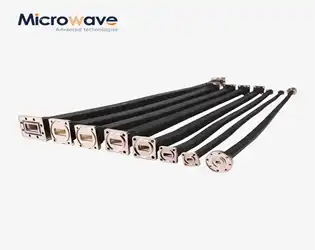
5 Key Benefits of Flexible Twistable Waveguide Technology
October 11, 2025
In the rapidly evolving landscape of microwave communications, engineers frequently encounter critical challenges: rigid waveguide systems that create installation nightmares, signal integrity issues in complex layouts, and space constraints that compromise system performance. These pain points have driven countless projects over budget and behind schedule, particularly in aerospace, defense, and satellite communication applications where precision and reliability are non-negotiable. Flexible Twistable Waveguide technology emerges as the definitive solution, offering unprecedented adaptability while maintaining superior electrical performance. This comprehensive analysis reveals five transformative benefits that position Flexible Twistable Waveguide systems as essential components for next-generation microwave infrastructure, addressing the most pressing challenges faced by modern RF engineers and system integrators.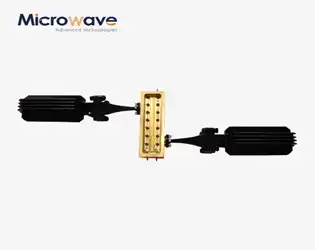
Waveguide Coupling Fixed Attenuators for High-Power Laboratory Calibration
October 10, 2025
In high-precision laboratory environments where measurement accuracy can make or break critical research outcomes, engineers frequently struggle with signal integrity challenges that compromise their calibration standards. The Waveguide Coupling Fixed Attenuator emerges as an indispensable solution for professionals who demand unwavering precision in high-power applications, offering unparalleled signal control capabilities that maintain measurement integrity across demanding frequency ranges. This comprehensive guide explores how these sophisticated components revolutionize laboratory calibration processes, ensuring researchers achieve the exacting standards required for cutting-edge microwave applications in aerospace, defense, and telecommunications sectors.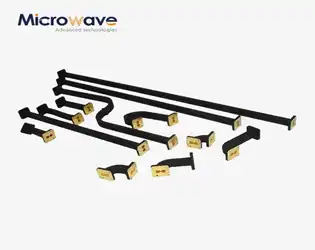
Precision Testing Made Easier: Applications of Double Ridged Flexible Waveguide
October 10, 2025
In today's demanding microwave testing environment, engineers face mounting challenges with signal integrity, measurement accuracy, and system flexibility. Traditional waveguide solutions often fall short when dealing with complex installation geometries, vibration-prone environments, and the need for precise high-frequency measurements. The Double Ridged Flexible Waveguide emerges as a revolutionary solution, transforming how precision testing is conducted across satellite communications, defense systems, and advanced radar applications. This advanced transmission line technology addresses critical pain points while delivering unparalleled performance in scenarios where traditional rigid waveguides simply cannot function effectively.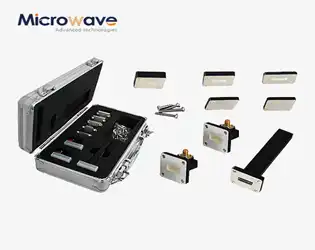
Engineered for Stability: Waveguide Calibration Kits for Demanding Environments
October 10, 2025
In the unforgiving world of high-frequency microwave applications, where measurement errors can cascade into system failures costing millions, engineers face a critical challenge: ensuring absolute precision in waveguide system calibration across extreme environmental conditions. From satellite communication networks operating in the harsh vacuum of space to military radar systems functioning in desert heat and arctic cold, the demand for reliable Waveguide Calibration Kits that maintain their accuracy under stress has never been more critical. This comprehensive guide explores how advanced calibration solutions address these demanding scenarios, providing the stability and precision that mission-critical applications require, while examining the technological innovations that make such reliability possible in environments where failure is not an option.




